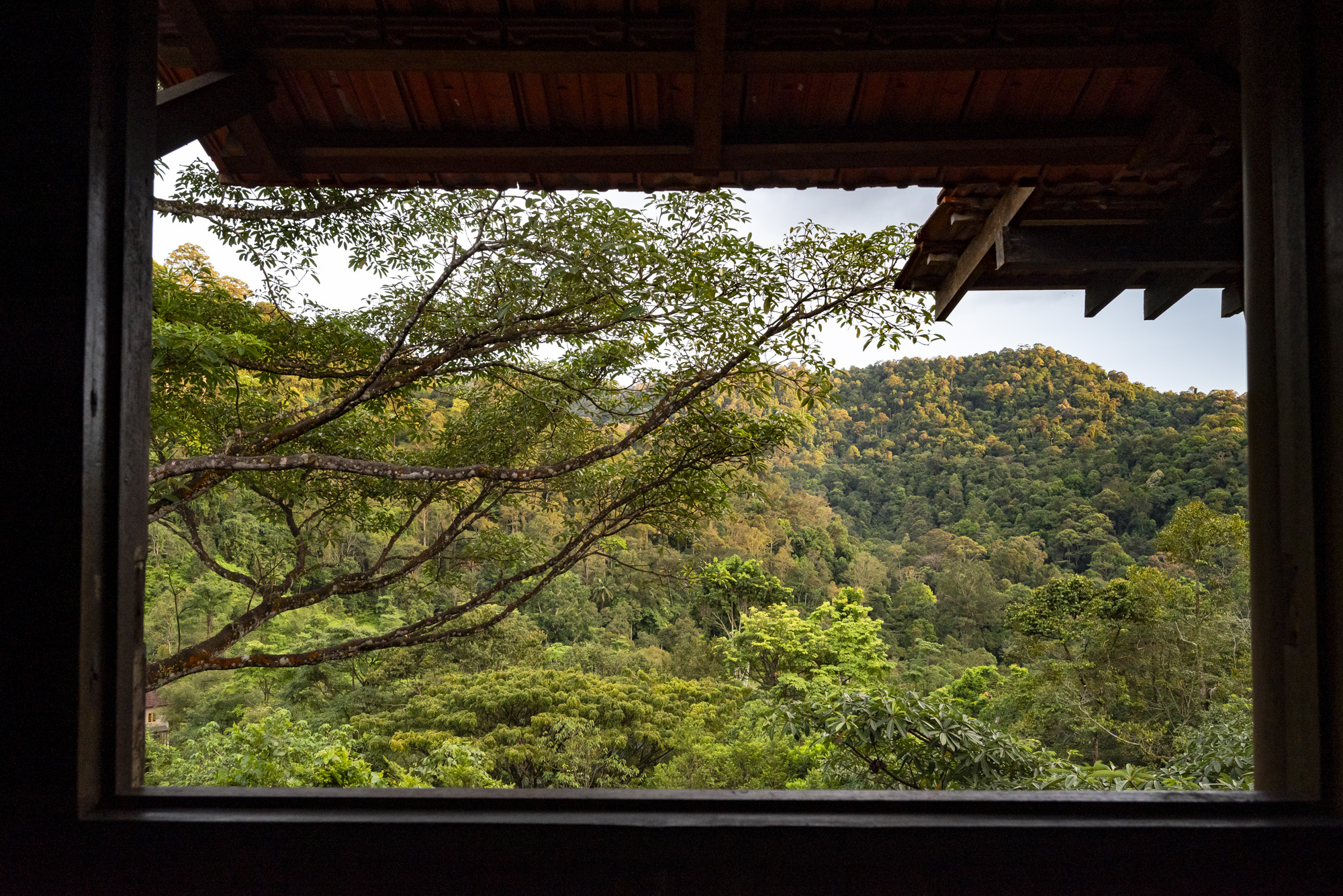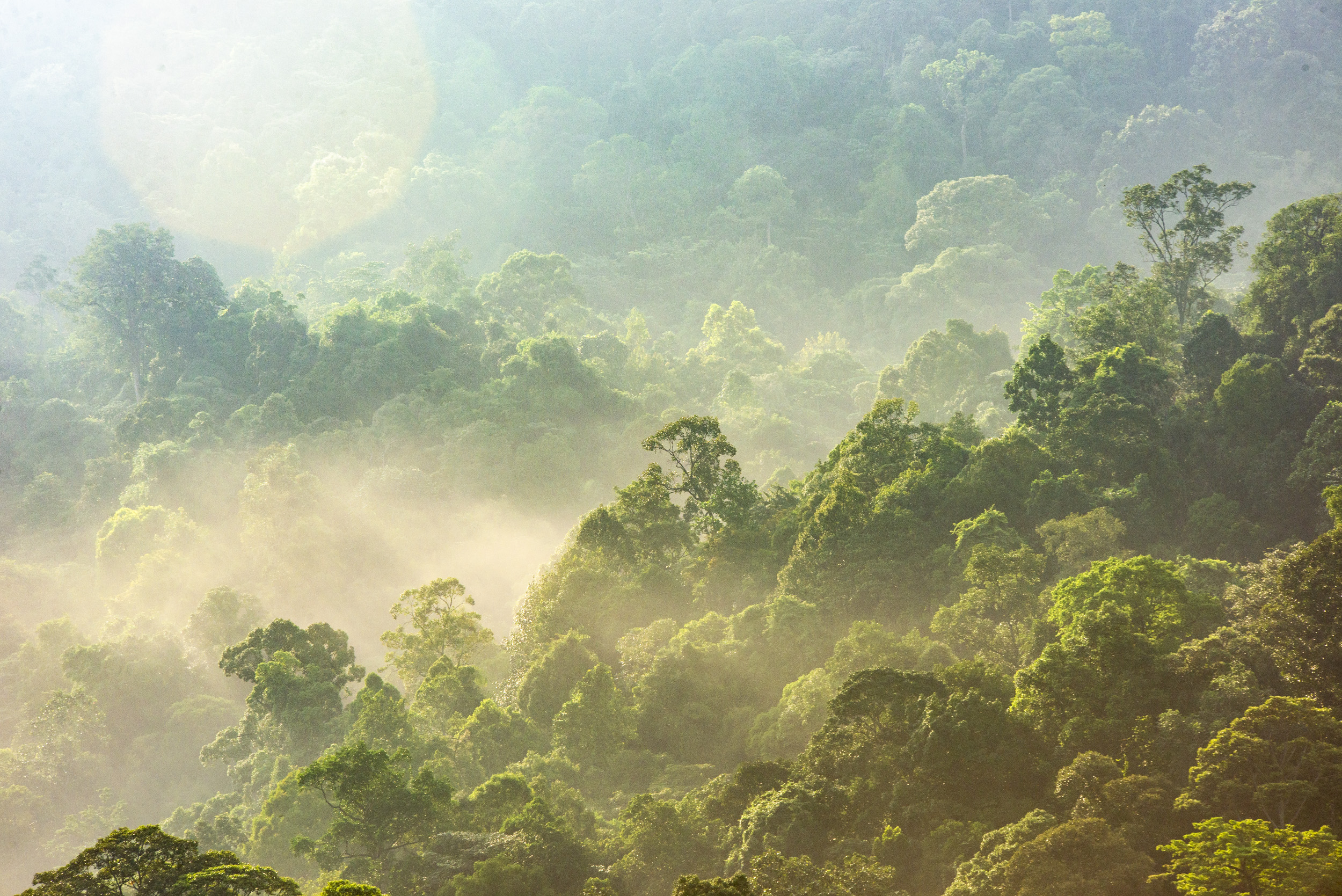The Berembun Forest Reserve, nestled in the heart of Jelebu, Negeri Sembilan, is a true haven for nature enthusiasts and adventure seekers alike. This vast expanse of lush greenery, spanning over 4,000 acres, is one of the most pristine and well-preserved forests in Peninsular Malaysia.
A Brief History
The Berembun Forest Reserve has a rich history dating back to the colonial era, when it was designated as a water catchment area, safeguarding it from commercial logging activities. This foresight has preserved the forest’s virgin state, making it a unique and invaluable ecological treasure.
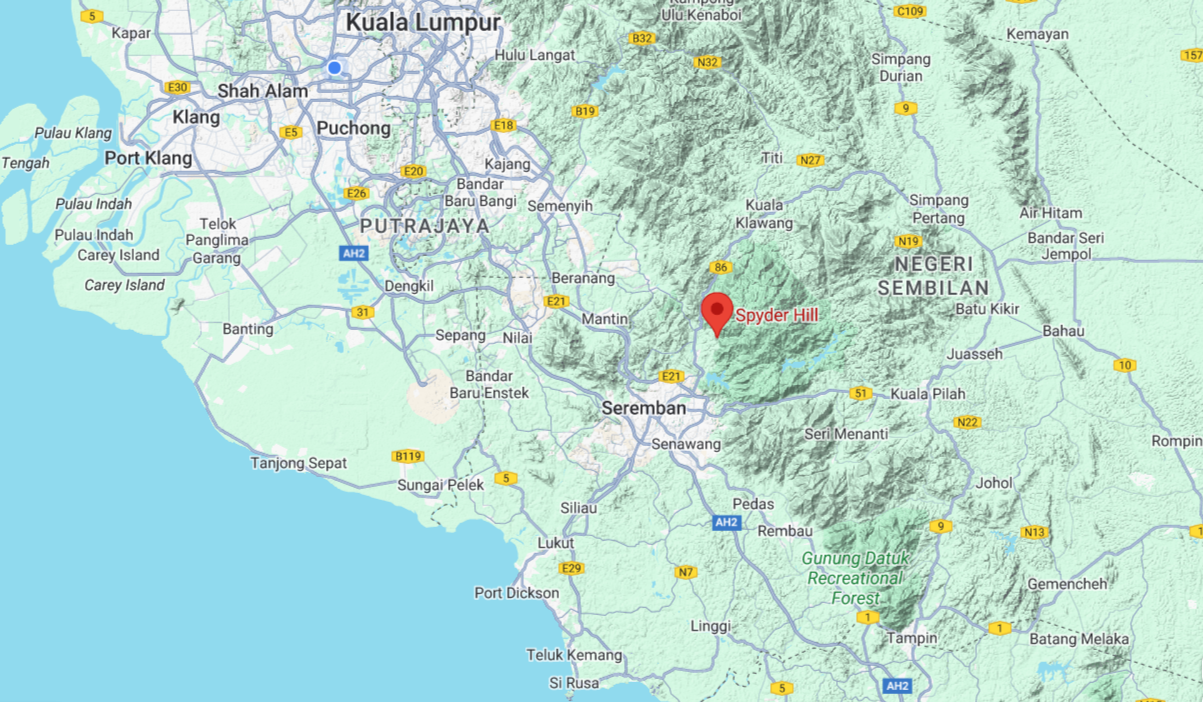
Key Features
- Biodiversity Haven: The reserve is home to a diverse array of flora and fauna, including rare and endemic species like the Umbrella palm (Johannesteijsmannia magnifica), the Bertam palm (Eugeissona tristis), and the majestic Shorea platyclados trees, some reaching heights of over 50 meters.
- Pristine Habitat: With large Virgin Jungle Reserves (VJRs) and areas designated as Protection Forests, the Berembun Forest Reserve boasts one of the most pristine forest habitats in Peninsular Malaysia’s west coast.
- Hiking Trails: The reserve offers a network of hiking trails, including the popular Gunung Berembun (1,014m) and Gunung Telapak Buruk (1,193m) trails, providing opportunities for trekking and exploring the diverse landscapes.
- Historical Significance: The reserve is home to the crash site of a World War II B-24 Liberator bomber, a poignant reminder of the region’s wartime history.
Why It’s Special
The Berembun Forest Reserve stands out for its exceptional conservation status and pristine quality. Unlike many other forest reserves that have been subjected to logging activities, Berembun has remained largely untouched, preserving its ecological integrity and biodiversity. This makes it a rare and invaluable asset for scientific research, environmental education, and sustainable ecotourism.
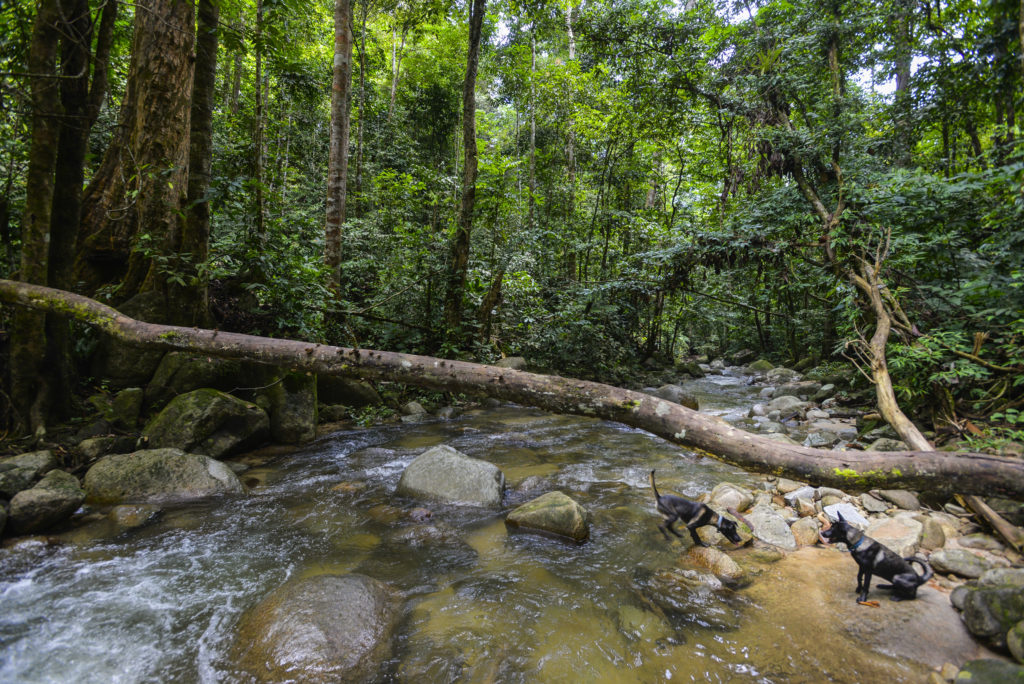
Reasons to Visit
- Immerse in Nature: The reserve offers a chance to disconnect from the hustle and bustle of city life and immerse oneself in the tranquility of a pristine rainforest environment.
- Hiking Adventures: Explore the challenging yet rewarding hiking trails, taking in the breathtaking vistas and encountering the diverse flora and fauna along the way.
- Historical Exploration: Discover the remnants of the World War II bomber crash site, a unique opportunity to connect with history amidst the natural surroundings.
- Ecotourism: Support sustainable tourism practices and contribute to the conservation efforts of this invaluable natural resource.
How to Best Experience It
- Guided Tours: Consider hiring a knowledgeable local guide who can provide insights into the reserve’s ecology, history, and cultural significance, enhancing your overall experience.
- Responsible Hiking: Adhere to the principles of “Leave No Trace” and respect the fragile ecosystem by staying on designated trails and properly disposing of waste.
- Camping: For a truly immersive experience, consider camping at the Sungai Pauh Campsite, located within the reserve, and wake up to the sounds of nature.
- Photography: Capture the beauty of the reserve through your lens, preserving the memories of this remarkable destination.
The Berembun Forest Reserve is a true gem in Negeri Sembilan, offering a unique blend of natural wonders, historical significance, and opportunities for adventure. By visiting and supporting its conservation efforts, you can contribute to preserving this invaluable ecological treasure for generations to come.
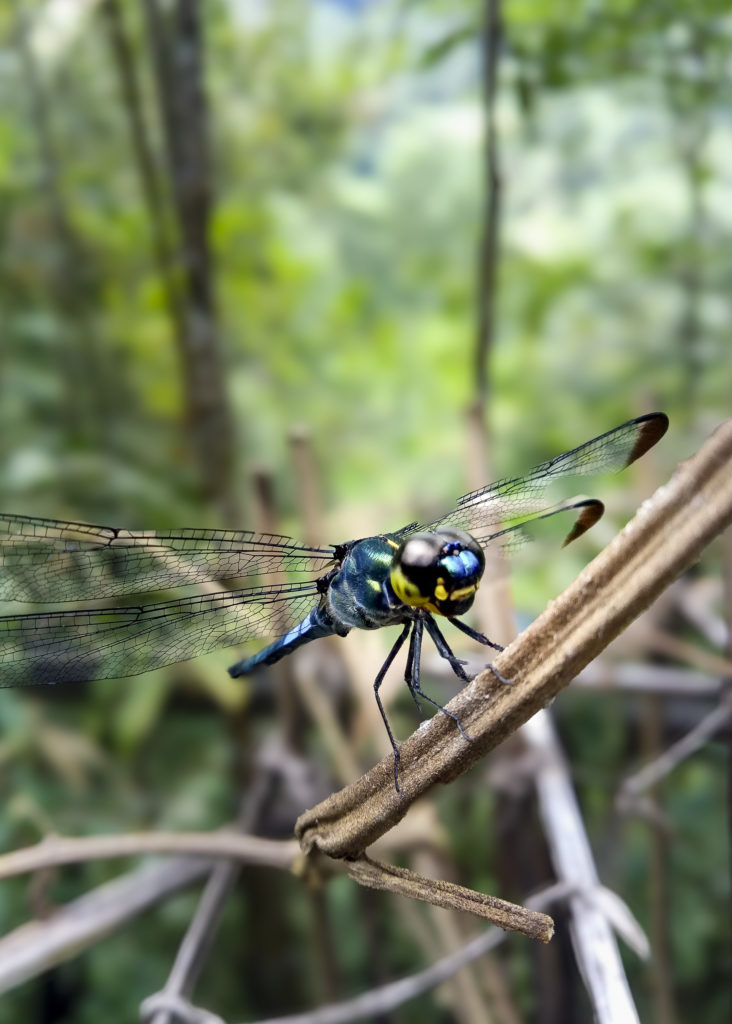
What wildlife can be spotted in Berembun Forest Reserve
The Berembun Forest Reserve is home to a diverse array of wildlife, including:
- White-handed gibbons and macaques
- Wild boars and lesser mouse deer
- Tapirs and common tree shrews
- Hundreds of bird species, notably the vocal Asian Koel
- Frogs, bats, butterflies, millipedes, and snakes
The forest floor is teeming with various insects and creepy crawlies waiting to be discovered. Due to the pristine nature of the reserve, it has attracted naturalists and researchers hoping to find new species.
However, it’s important to note that Malayan tigers, currently listed as Critically Endangered on the IUCN Red List, have sadly not been sighted in the Berembun Forest Reserve for many years due to deforestation in the surrounding areas and urbanization.
The reserve is also home to rare and endemic plant species like the Umbrella palm (Johannesteijsmannia magnifica), the Bertam palm (Eugeissona tristis), and the majestic Shorea platyclados trees, some reaching heights of over 50 meters. The forest understory is adorned with clumps of Fan palms (Licuala longipes), Dwarf palms (Iguanura wallichiana), and tree ferns (Cyathea spp).
Overall, the Berembun Forest Reserve offers a diverse and pristine habitat for various flora and fauna, making it an attractive destination for nature enthusiasts and researchers alike.
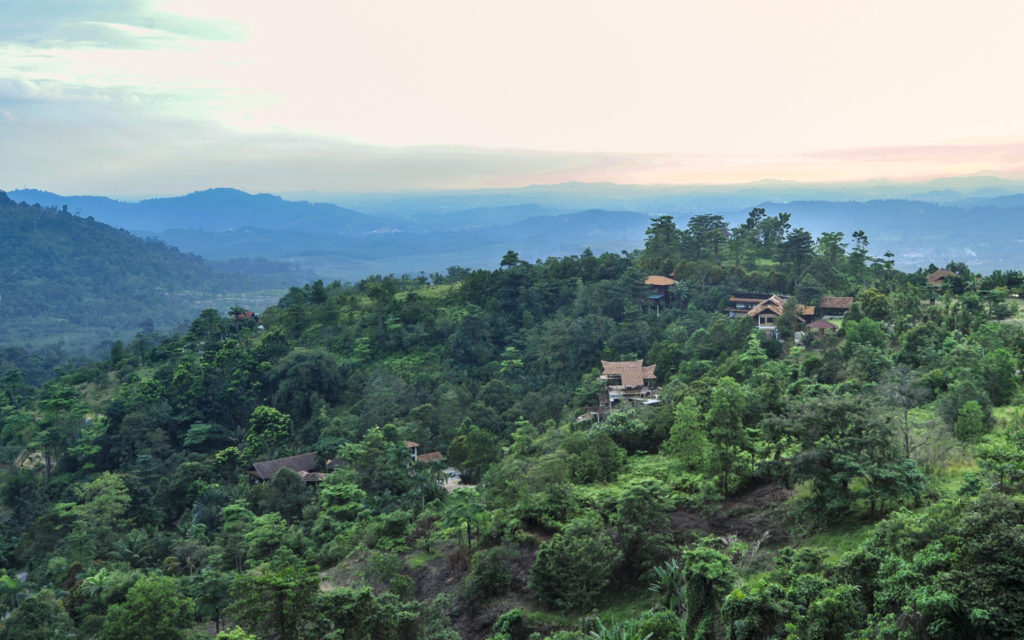
Are there any specific plants or flowers to look out for in Berembun Forest Reserve
Yes, the Berembun Forest Reserve is home to several rare and endemic plant species that are worth looking out for, including:
- Umbrella palm (Johannesteijsmannia magnifica) – A spectacular but very rare palm species found in patches in the forest understory above 400-500m elevation.
- Bertam palm (Eugeissona tristis) – Clumps of this palm can be seen growing in the hill dipterocarp forest above 400-500m.
- Fan palm (Licuala longipes) and Dwarf palm (Iguanura wallichiana) – These palms adorn the pristine forest understory, presenting a beautiful sight.
- Tree ferns (Cyathea spp.) – These ferns become more abundant above 800m elevation as the forest transitions to lower montane forest.
- Henckelia crinita – A beautiful herb with white blooms that can be spotted on the forest floor.
- Ferns like Diplazium crenatoserratum (Paku Naga), D. tomentosum, and the Peacock Fern (Selaginella willdenowii) grow along the streamsides.
- Small plants like Bemban (Donax grandis) and Bujang Hilir (Peliosanthes teta) can also be found in the undergrowth.
- Saraca cauliflora, Syzygium spp., and Barringtonia spp. grow by the streamsides, with some ferns exhibiting a bluish iridescence.
The pristine condition of the Berembun Forest Reserve has allowed many rare and endemic plant species to thrive, making it a botanist’s paradise worth exploring.
What are the most common bird species in Berembun Forest Reserve
The Berembun Forest Reserve is home to hundreds of bird species, but some of the most commonly spotted ones include:
- Asian Koel – This vocal bird is one of the most prominent avian residents of the reserve.
- Silver-breasted Broadbill (Serilophus lunatus) – This striking bird with a silver breast and blue beak can often be seen in the forest.
- Green Broadbill (Calyptomena viridis) – Another beautiful broadbill species found in the reserve’s forests.
- White-handed Gibbons – While not birds, the calls of these primates are a common sound echoing through the forest canopy.
- Macaques – The vocalizations and movements of troops of macaques are frequently encountered.
The pristine and largely undisturbed nature of the Berembun Forest Reserve provides an ideal habitat for a diverse array of bird species, both forest-dwelling and highland-originating. Birdwatchers and naturalists are drawn to this reserve in hopes of spotting rare or endemic avian species amidst the lush greenery.
